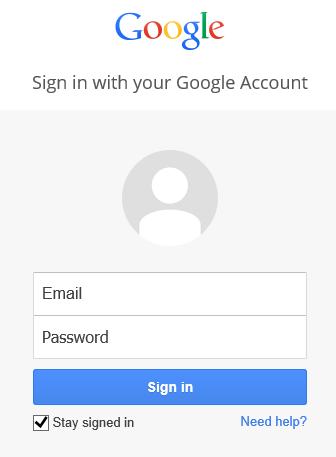External login is a common feature in web applications that allows users to log in using their credentials from third-party identity providers such as Google, Facebook, or Microsoft. In this article, we'll explore how external login works in C# and guide you through the process with a step-by-step example.
Step 1: Create a New C# Web Application
To get started with external login in C#, create a new web application using a framework like ASP.NET Core. You can use Visual Studio or your preferred development environment. Ensure you have the necessary SDKs and tools installed.
Step 2: Install Required Packages
In your C# project, you need to install the necessary packages to enable external login. For ASP.NET Core, you typically use Identity and authentication packages for external providers. Install them using the following commands in the Package Manager Console:
Install-Package Microsoft.AspNetCore.Identity
Install-Package Microsoft.AspNetCore.Authentication.GoogleYou can replace "Google" with the external provider of your choice.
Step 3: Configure Authentication
In your Startup.cs file, configure the authentication services. Here's an example of how to configure Google authentication:
services.AddAuthentication()
.AddGoogle(options =>
{
options.ClientId = "YOUR_GOOGLE_CLIENT_ID";
options.ClientSecret = "YOUR_GOOGLE_CLIENT_SECRET";
});Replace "YOUR_GOOGLE_CLIENT_ID" and "YOUR_GOOGLE_CLIENT_SECRET" with the credentials you obtain from the Google Developer Console.
Step 4: Create External Login Buttons
In your application's login page, provide buttons or links to initiate external login. For instance, add a button for Google login:
<a asp-area="Identity" asp-page="/Account/ExternalLogin"
asp-route-returnUrl="@Model.ReturnUrl" asp-route-provider="Google" class="btn btn-default">
<span class="fab fa-google"></span> Google
</a>This code uses the asp-route-provider attribute to specify the external provider, in this case, Google.
Step 5: Handle the External Callback
After a user logs in with their external credentials, the identity provider will redirect them back to your application. You need to handle this callback in your application.
Create a new ExternalLoginCallback action in your controller to process the callback:
[HttpGet]
[AllowAnonymous]
public async Task<IActionResult> ExternalLoginCallback(string returnUrl = null, string remoteError = null)
{
// Handle the callback and sign in the user.
}
Step 6: Sign In the User
Inside the ExternalLoginCallback action, sign in the user using the information returned by the identity provider. Here's an example using Identity:
var info = await _signInManager.GetExternalLoginInfoAsync();
if (info == null)
{
// Handle the case where no external login information is available.
}
var signInResult = await _signInManager.ExternalLoginSignInAsync(info.LoginProvider, info.ProviderKey, isPersistent: false);
if (signInResult.Succeeded)
{
// User signed in with an external login.
}
else
{
// Handle the case where the user couldn't be signed in.
}
Step 7: Handle User Registration (if needed)
In some cases, you might want to create a local user account for the user if it's their first time logging in with an external provider. This can be done by capturing additional information from the user.
Conclusion
External login in C# applications enhances the user experience by allowing them to log in with their existing credentials from trusted identity providers. By following the steps above and customizing them to your specific needs, you can seamlessly integrate external login into your C# web application. This feature not only simplifies the login process but also expands the accessibility of your application to a wider user base.
We hope this step-by-step guide has been helpful in understanding how external login works in C#. If you have any questions or need further assistance, please feel free to ask.




Leave Comment